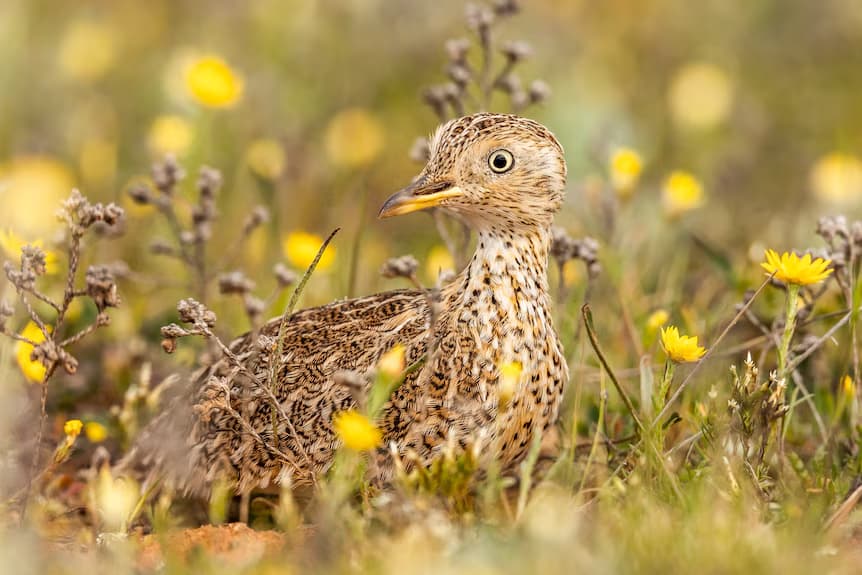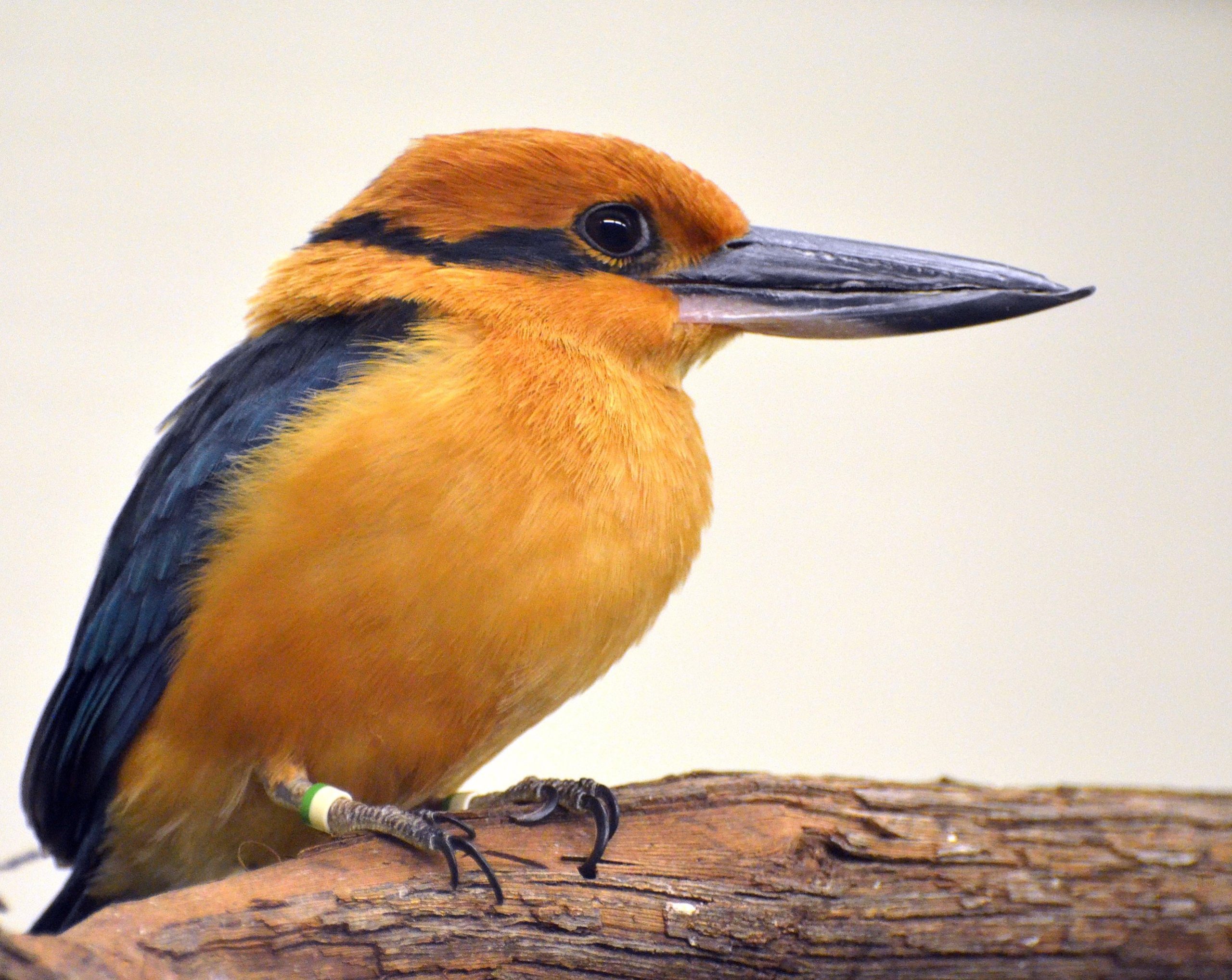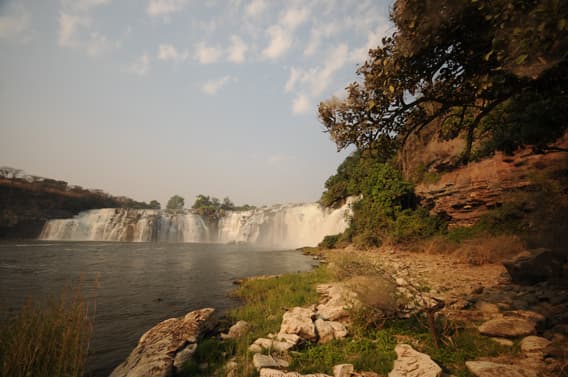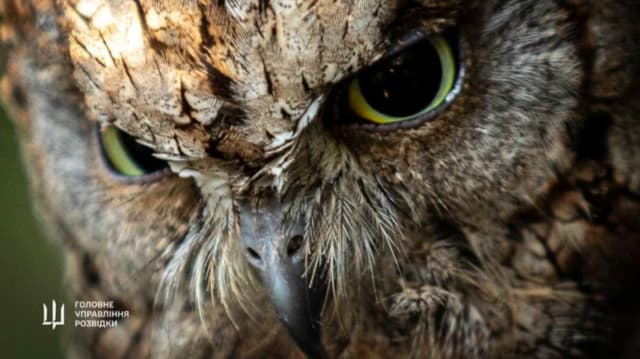
Culture
Could The Future Be 4-Day Work Weeks?
In recent years, there has been increased interest in the concept of a four-day workweek as a potential solution to the stress and burnout that many workers face. In England, a large-scale experiment was launched to test this concept on a national scale. The experiment involved reducing the standard workweek from five to four days while keeping workers’ pay levels constant.
The experiment’s premise is that by giving employees an extra day off each week, they will have more time to rest and recuperate, resulting in higher productivity and a higher quality of life.
The experiment’s preliminary results have been promising. A survey found that the vast majority of workers who took part in the experiment felt less stressed and more productive. They also stated that they had more time to spend with family and friends, pursue hobbies and other interests, and take care of personal responsibilities.
Aside from the benefits to workers, the four-day workweek experiment may have a positive impact on the environment and society as a whole. Reducing the number of hours people work would result in less energy consumption, less traffic congestion, and less pollution. It could also contribute to addressing the issue of income inequality by allowing workers more time to pursue education and training and by providing a more equitable distribution of work hours.
The four-day workweek does have some potential disadvantages, though. For instance, some companies could be hesitant to implement the new schedule out of concern that it will result in lower production or higher costs. Others might worry that it won’t be easy to coordinate schedules and guarantee that the work is finished on time.
Notwithstanding these difficulties, the English four-day workweek experiment is a crucial step in researching new workplace structures that put workers’ health and well-being first. We need to develop new ways to work smarter, not harder, as more and more individuals around the world start to feel the harmful impacts of overwork and burnout.
Culture
Farmer’s Legacy Protects Critically Endangered Plains-Wanderer

Ten years ago, George Cullinan stumbled upon a curious bird on his farm in Victoria’s Mallee region. The bird, which he found lifeless in a water trough, had yellow legs and a yellow beak that sparked his curiosity. Wanting to learn more, Cullinan reached out to his friend and conservationist, Greg Ogle. What he discovered was remarkable—the bird was a plains-wanderer, one of Australia’s rarest species, with a dwindling population of just 250 to 1,000.
Cullinan, who passed away at the age of 98 just three weeks ago, left behind a lasting legacy. His conservation efforts are now helping protect this critically endangered bird, whose habitat has significantly shrunk over the years. Once widespread across parts of Australia, the plains-wanderer is now mostly found in limited areas of Victoria, South Australia, and southern New South Wales.
The plains-wanderer is an ancient species that evolved over 100 million years ago. Its unique status makes it a top priority for conservation, according to the Zoological Society of London. With its distinctive call that resembles a cow’s moo, this small bird is now fighting for survival due to habitat loss.
Working closely with Trust for Nature and the Birchip Landcare Group, Cullinan took significant steps to help the plains-wanderer thrive on his property. By installing song meters equipped with microphones, Cullinan’s team was able to capture 110 distinct calls of the rare bird within just three weeks—clear evidence that more than one bird inhabited his land.
To ensure the long-term survival of the species, Cullinan established a 91-hectare conservation covenant on his 2,000-hectare farm in 2024. This protected area, featuring a shallow lake and ancient box trees estimated to be 500 years old, provides the perfect conditions for the plains-wanderer. Known as the “Goldilocks” bird, the plains-wanderer requires ground cover that is not too dense but not too sparse—conditions met by Cullinan’s property.
David Dore, Trust for Nature’s manager, emphasized that Cullinan’s land offered a “supermarket” of plants, such as spear grasses and lilies, where the plains-wanderer can find food throughout the year. Dore praised Cullinan’s quiet but monumental contribution to conservation, calling the farmer’s work an act of environmental activism that will leave a lasting impact.
Cullinan’s dedication to preserving the bird’s habitat was recognized at his graveside service last month. Brian Lea, a member of the Birchip Landcare Group, reflected on Cullinan’s enduring contribution. “His last gift to the birds is something that will keep him in people’s memories for a long time,” Lea said.
Cullinan’s conservation work ensures that the plains-wanderer will have a safe haven on his farm for generations to come, preserving the habitat of one of Australia’s most critically endangered species.
Culture
Guam Kingfisher Released into the Wild After 40 Years of Extinction

For the first time in nearly four decades, the Guam kingfisher, known locally as sihek, has returned to the wild. Six of these vibrant birds were released on September 23, marking a historic milestone in conservation efforts.
The sihek, which once flourished in Guam’s forests, had been declared extinct in the wild since 1986 due to the introduction of the invasive brown tree snake. This predator decimated the island’s bird population, including the sihek, by preying on their eggs. Fortunately, conservationists launched a captive breeding program, which kept the species from disappearing entirely.
The six birds were released on Palmyra Atoll, a predator-free island located about 3,700 miles east of Guam. This release is part of a long-term project aimed at establishing a breeding population on the atoll as a first step toward eventually reintroducing the sihek back to its native habitat in Guam.
The road to this moment began earlier in the year, with the hatching of the first sihek chick of the season at Sedgwick County Zoo in Kansas. Given that only 45 breeding females remain worldwide, each successful hatch is a critical victory for the species. Specialists from various institutions, including the Zoological Society of London and the Smithsonian’s National Zoo, worked tirelessly to care for the chicks and prepare them for life in the wild.
After being flown to Palmyra Atoll in late August, the birds spent time acclimating before their release. Each sihek is equipped with a small radio tracker to monitor their movement, habitat use, and eventual breeding behavior. Researchers will be closely watching the birds in the coming months as they adapt to their new environment and hopefully establish territories for breeding.
The return of the sihek to the wild has been the culmination of decades of collaborative effort between organizations like the U.S. Fish and Wildlife Service, Guam’s Division of Aquatic and Wildlife Resources, The Nature Conservancy, and several zoos. Their goal is to build a sustainable breeding population that can one day thrive in Guam’s forests once the brown tree snake threat is under control.
Although the release is a reason for optimism, conservationists remain cautious. With only a few dozen sihek left, the species faces significant risks, from disease to natural disasters. However, the successful reintroduction of extinct-in-the-wild species, such as the red wolf and California condor, proves that with dedication and proper resources, these efforts can succeed.
As Donal Smith, a researcher with the Zoological Society of London, pointed out, maintaining endangered species in captivity is no small feat. “Reintroduction programs like this require years of preparation and coordination. It’s essential that conservation efforts continue to receive the support they need to prevent more species from being lost.”
The sihek’s release offers a glimmer of hope in the face of ongoing environmental challenges. If all goes well, these birds will one day fly free in the forests of Guam once again.
Culture
From Conflict Zone to Conservation Triumph: Upemba National Park’s Remarkable Recovery

In the heart of the Democratic Republic of Congo (DRC), Upemba National Park is witnessing a remarkable transformation. Once dubbed the “triangle of death” due to rebel activity, this vast wilderness is slowly reclaiming its status as a thriving wildlife haven, thanks to the unwavering dedication of its rangers and conservationists.
The park’s tumultuous history began in 1998 when Bakata Katanga rebels sought refuge within its borders, leading to widespread poaching and devastation of wildlife populations. Elephants, lions, and zebras, once abundant, were pushed to the brink of local extinction. Even the park’s rangers, left unpaid during the Congo wars, resorted to poaching for survival.
However, recent years have seen a dramatic turnaround. Under the leadership of site manager Christine Lain, Upemba has secured crucial funding and revitalized its demoralized ranger force. The results are encouraging: elephant numbers have risen to about 210, while the zebra population – unique to this part of DRC – has rebounded from a mere 35 to an estimated 200.
Despite these successes, challenges persist. Poaching remains a threat, and the park faces potential disruption from nearby mining activities and oil exploration. To counter these pressures, park management is focusing on expanding the ranger force and conducting comprehensive biodiversity surveys to strengthen the case for Upemba’s protection.
The park’s recovery is not without human cost. Rangers like Sylvain Musimi continue to face danger from militant groups, with two rangers losing their lives this year alone. Yet, their commitment to Upemba’s restoration remains unshaken.
As Upemba National Park continues its journey from a conflict-ridden zone to a beacon of conservation, it stands as a testament to the resilience of nature and the dedication of those who protect it. The park’s story offers hope that even in the face of seemingly insurmountable challenges, conservation efforts can yield remarkable results.
Culture
From Warzone to Wildlife Haven: Ukrainian Intelligence Rescues Symbolic Owls

In a heartening tale of compassion amidst conflict, Ukraine’s Defence Intelligence (DIU) has facilitated the rescue and relocation of two owlets from the embattled Kharkiv region to Kyiv Zoo. This rescue operation, carried out on August 1, 2024, highlights the Ukrainian military’s commitment to preserving life in all its forms, even in the midst of war.
The young owls, now named Arei and Magura, were discovered by members of the 92nd Separate Assault Brigade during a mission near Lyptsi village. Found in dire conditions within a war-damaged structure, the birds were immediately taken into care by the soldiers.
Following their initial rescue, the owlets were brought to the attention of Kyrylo Budanov, Chief of DIU. Given the owl’s symbolic significance to Ukraine’s Defence Intelligence, Budanov made the decision to provide them a new home at Kyiv Zoo, where they will reside in a specially prepared aviary.
DIU representative Andrii Yusov emphasized that this rescue exemplifies the Ukrainian forces’ dedication to protecting not just human lives, but also those of animals caught in the crossfire. The decision to house the owls at Kyiv Zoo was motivated by a desire to share this positive story with the public, particularly allowing Ukrainian children to interact with these native birds.
Kyiv Zoo’s CEO, Kyrylo Trantin, expressed gratitude for the military’s efforts and assured that the zoo would provide comprehensive care for Arei and Magura, including rehabilitation and adaptation support. This rescue serves as a poignant reminder of the zoo’s ongoing efforts to safeguard animals during wartime.
This heartwarming incident stands as a testament to the Ukrainian people’s resilience and compassion, showcasing their ability to nurture life and hope even in the face of adversity.
Culture
Eco-Friendly Tourists in Copenhagen to Receive Free Food and Tours

Visitors to Copenhagen who participate in environmentally-friendly activities, like litter picking or using public transport, can earn free food, cultural experiences, and tours as part of a new pilot program.
The CopenPay trial, running from July 15 to August 11, turns eco-friendly actions into rewards, according to Visit Copenhagen, also known as Wonderful Copenhagen.
For instance, visitors who bring plastic waste to the National Gallery of Denmark can join a workshop to create art from the materials. Those who cycle or take public transport to the city’s famous heating plant can ski down the artificial slope on the building’s roof.
“CopenPay rewards actions like cycling, participating in cleanup efforts, or volunteering at urban farms with access to a variety of experiences in Copenhagen,” said Wonderful Copenhagen in a statement. “This includes free guided museum tours, kayak rentals, and even a vegetarian lunch made from local crops.”
Copenhagen is known for its beautiful architecture, excellent food, and clean, green environment. It’s also a great place for cycling, with 237 miles of bike lanes and 62% of citizens commuting by bicycle, according to the tourism board.
“With CopenPay, we’re helping people enjoy more of what Copenhagen has to offer while reducing their environmental impact,” said Mikkel Aarø Hansen, CEO of Wonderful Copenhagen. “It’s about creating enjoyable and environmentally responsible experiences.”
Tourists can earn rewards by showing a public transport ticket, but the system is mostly based on trust. An online map shows over 20 participating venues. If successful, the pilot project could become a year-round program.
This initiative comes at a time of growing concern over the environmental and social impacts of tourism, which have led to protests in Barcelona, the Canary Islands, and Mallorca.
“We need to change tourism from being an environmental burden to a force for positive change,” said Hansen. “An important step is changing how we move around, what we consume, and how we interact with locals.”
-

 OMG7 years ago
OMG7 years agoA Couple Gave Birth to the Most Beautiful Twins Ever
-

 OMG7 years ago
OMG7 years ago20 Rare Historical Photos
-

 OMG7 years ago
OMG7 years agoHilarious Airport Photos
-

 Cute6 years ago
Cute6 years agoMom Refuses to Let Daughter Eat Sugar and Years Later This is What She Grows Into
-

 OMG6 years ago
OMG6 years agoTop Secret Air Force One Facts That You Never Knew
-
OMG6 years ago
The Funniest Yearbook Photos Of All Time
-

 OMG7 years ago
OMG7 years agoRetired Mathematician Restores Log Cabin
-

 OMG5 years ago
OMG5 years agoWhat Happened When This ‘Duck Dynasty’ Legend Chopped Off His Beard?